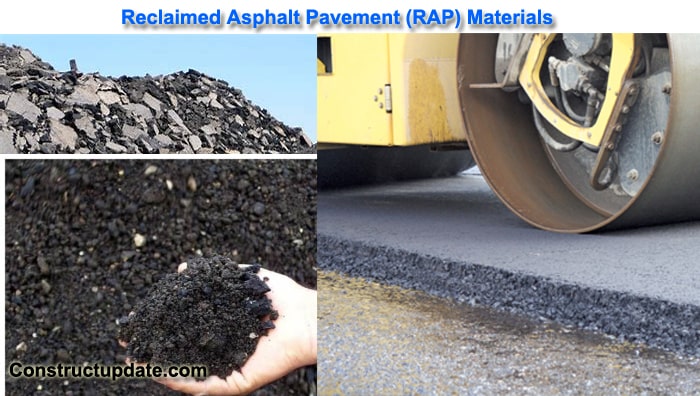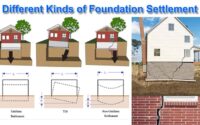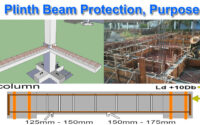Reclaimed Asphalt Pavement (RAP) Materials – Uses and Processing
What are Reclaimed Asphalt Pavement (RAP) Materials?
Reclaimed asphalt pavement (RAP) materials are defined by the Federal Highway Administration (FHA) of the United States Department of Transportation (DOT) as removed and/or reprocessed pavement materials that contain asphalt and aggregates.
Reclaimed asphalt pavement (RAP) refers to asphalt and aggregate-containing pavement materials that have been removed and/or reprocessed. When asphalt pavements are removed for repair, resurfacing, or to get access to subsurface utilities, these materials are created. RAP is made up of high-quality, well-graded aggregates coated in asphalt cement when properly crushed and screened.
Milling or full-depth removal are the most common methods for removing asphalt pavement. Milling is the process of removing the pavement surface with a milling machine that may remove up to 50 mm (2 in) of material in one pass. Using a rhino horn on a bulldozer and/or pneumatic pavement breakers, full-depth removal includes ripping and shattering the pavement.
A front-end loader picks up the shattered debris and loads it onto haul trucks, which are then transferred to a central facility for processing. The RAP is processed at this plant through a variety of activities that include crushing, screening, conveying, and stacking.

Although most old asphalt pavements are recycled at central processing plants, utilising self-propelled pulverizer equipment, asphalt pavements can be crushed in the site and mixed into granular or stabilised foundation courses. Partially removing the pavement surface, mixing the reclaimed material with beneficiating additives (such as virgin aggregate, binder, and/or softening or rejuvenating agents to improve binder properties), and placing and compacting the resultant mix in a single pass is all part of the hot in-place and cold in-place recycling processes.
Reclaimed Asphalt Materials Production
When old, damaged pavement materials are milled and crushed for use as a component in new mixtures in the pavement structure, RAP material is created. Old pavement material was already removed and disposed of in landfills.
The use of RAP in pavement mixtures has grown in popularity as landfilling these materials has become less practicable and expensive, and the availability of high-quality virgin materials has decreased.
Recycling pavement material can be done as an in-place process or a central plant operation. The in-place process integrates the reclamation, mixing, lay down, and compaction stages into a single paving train in the field.
RAP Materials’ Characteristics
RAP’s properties are determined by:
- Properties of the constituent materials
- Type of asphalt concrete mix
- Quality, size, and consistency of aggregates
Recycling
The bulk of the RAP that is created is recycled and utilised, but not necessarily in the same year that it is produced. Recycled RAP is almost always incorporated back into the roadway structure in some manner, most commonly as hot or cold recycling in asphalt paving, but it is also occasionally utilised as an aggregate in foundation or subbase construction.
It has been estimated that as much as approximately 33 million metric tonnes (36 million tonnes), or 80 to 85 percent of the excess asphalt concrete presently generated, is reportedly being used either as a portion of recycled hot mix asphalt, in cold mixes, or as aggregate in granular or stabilised base materials. Some of the RAP that is not recycled or used during the same building season that it is generated is hoarded and is later repurposed.
Disposal
Asphalt concrete that is no longer needed is disposed away at landfills or in the right of way. In most cases, this occurs when modest amounts of RAP are involved, the material is commingled with other materials, or facilities for collecting and processing RAP are not easily available. The amount of extra asphalt concrete that must be disposed of is projected to be less than 20% of the annual amount of RAP generated.
Highway Uses and Processing Requirements
RAP that has been milled or crushed can be used in a variety of highway construction projects. It can be used as an aggregate substitute and asphalt cement supplement in recycled asphalt paving (hot mix or cold mix), as a granular base or subbase, stabilised base aggregate, or as an embankment or fill material, among other applications.





